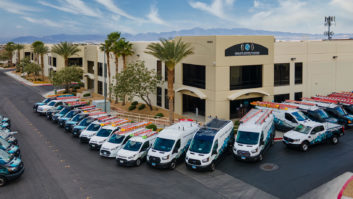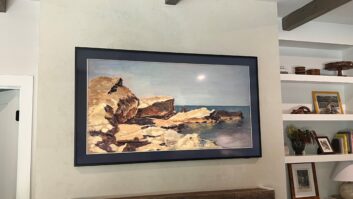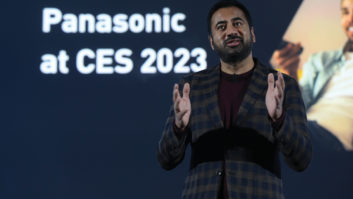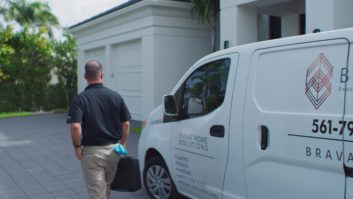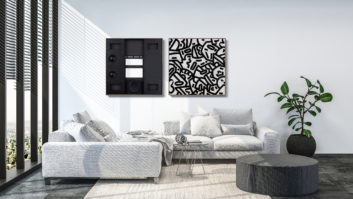
The entire world is connected…through data networks, that is. Everything is IoT: networks, computers, cable boxes, alarms. Even cars. While the immediate benefits of this to consumers is obvious, this connection also brings an opportunity for remote quality assurance and monitoring in AV systems. If you pick the right products, you can automatically assure your clients that the picture and sound are up to par without needing to do a truck roll to their private castle. And in doing so, you can charge for a 24/7 monitoring service package.
The commercial AV industry is already doing this, with most of the top projector manufacturers offering monitoring on their cinema and commercial products. A few brands of electronics offer built-in monitoring functions, and it all works very well. You should get with the program, and do so soon.
I find a fair amount of resistance from integrators to implement and charge for these monitoring services, and I’m not sure why. Maybe there are already too many alerts and alarm bells going off from other devices. Maybe integrators are not sure they can convince a client to sign the service contract. Maybe they don’t understand what can be achieved. Maybe they’re worried about security. Ultimately, it’s their reputation and client’s trust that is on the line.
As another example, our active speaker products now include remote monitoring and diagnostics. You can program several warning limits, and they will send out emails or text messages for things like power disconnects, blown drivers, overheating, and many other scenarios. The monitoring function does have to be enabled, and we aren’t getting many takers for the feature in installed systems. A few weeks back, I made a quick QC stop at one of the installations and found a bank of breakers out on the panel. The electrician had been at the property working on wiring in another part of the house; he may have forgotten to flip the breakers back on.
Whatever the reason, the subwoofers and the left side of the surround channels were out. This is a DCI-compliant, professional Dolby Atmos-certified room, so we are talking about four 18-inch subwoofers and two side channel speakers. How long had the room been that way and how much longer would it have been “broken” had I not stopped by? Would the homeowner have noticed the issue, or would it have revealed itself the next time he had a group of friends over that he wanted to impress? He would have looked impotent rather than important!
If the integrator had thought it important to enable the remote monitoring and diagnostics feature, we would all have been warned about the breaker issue. We could simply have contacted the right party to make sure the issue was resolved ASAP, and that is the type of “white glove” service our clients deserve. This particular client has an entire team of electrical contractors spend about a week installing temporary holiday lighting on his property every year, so I doubt he would give a second thought to a nominal fee for quality assurance service. No, I think the trouble is an integrator’s belief that all will be well, and that if anything does go wrong, someone will be warned about it soon enough. Not so. High-end home cinema installations are complicated, and there are many paths for trouble. Your clients expect and deserve 100-percent uptime.
Here is a short list of items you can monitor on today’s better home cinema audio and video systems:
1. All products properly powered up with proper and consistent voltage
2. Temperature of all products
3. Audio signal presence
4. Video signal presence
5. Installation angle (using accelerometers to make sure nothing has been moved or bumped)
6. Internal power supply voltages
7. Loudspeaker open or short circuit
8. Projector bulb age and condition
9. Network traffic and quality (Krika/Domotz have great solutions for this)
10. Audio frequency response and distortion verifications (with fixed mic at customer site)
11. Video grayscale and color fields
Some of the above data is immediately available on select products as long as they are networked and can be accessed by remote. Some of the other items may require a small, dedicated computer or computing device running applications to check the various function and performance levels. Either way, it can all be done. If done well, it will ensure that your clients’ systems are always working to peak performance without you needing to leave your office. And you can get paid for it without even sending out an invoice. Magic!
